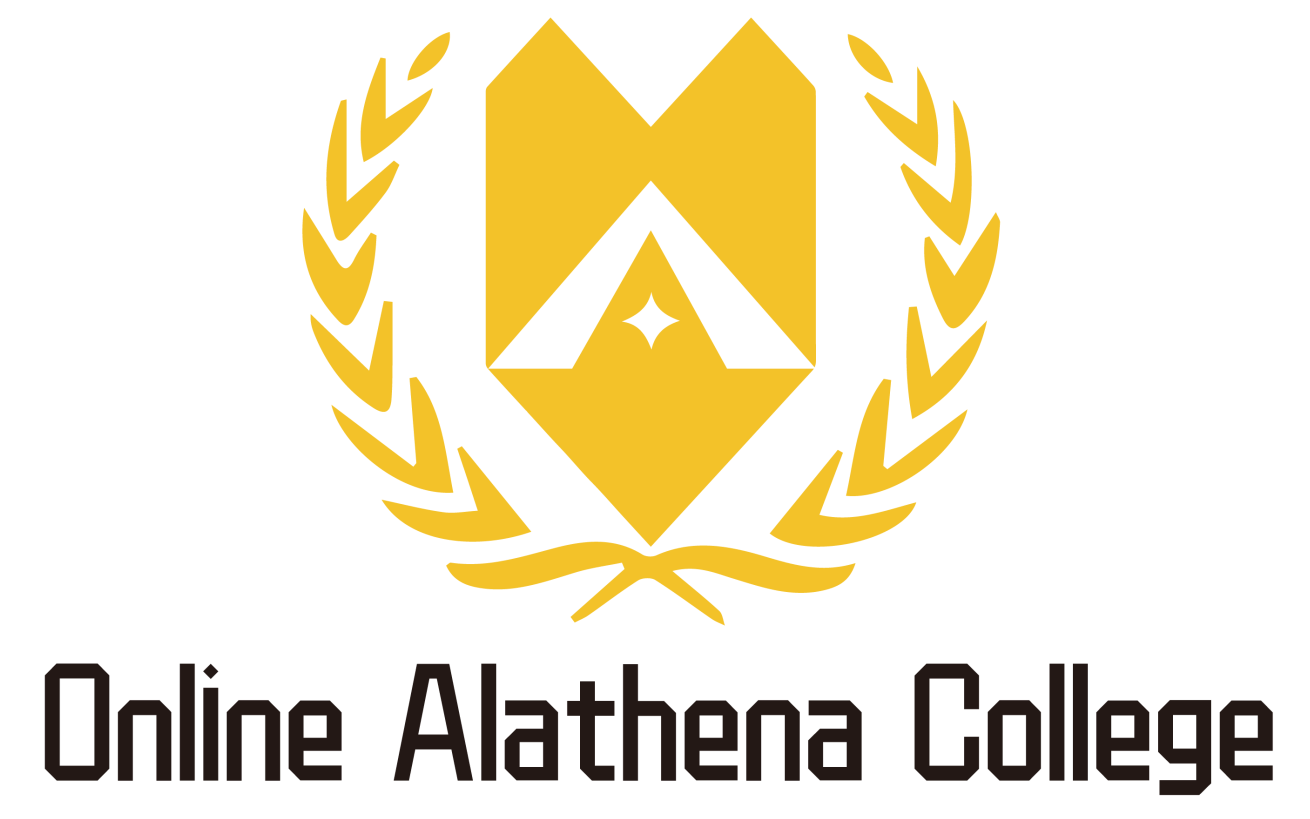ENG4U
-
Course code: ENG4U
-
Level: Grade 12
-
Study time: 110 hrs
-
Credit Value: 1.0
-
Prerequisite:
English, Grade 11, University Preparation (ENG3U)
-
Curriculum Policy:The Ontario Curriculum, English, Grades 11 & 12, 2007, (Revised)
Write your awesome label here.
Course Description
-
Unit 1: Short Stories
Students will be presented with numerous types of short stories. For each story there is background information on the writer, and the actual story. There will be follow up notes on the story to be read and discussed. -
Unit 2: Drama
Students will have the opportunity to read from a selection of plays in this unit. At the end of each act there is a short note on the overall purpose and effect of the section that has just been studied. This will enable students to keep this lengthy play together in their own minds and allow for reflections on the larger design features and ideas in the play. -
Unit 3: Poetry
Students will be presented with numerous types of short stories. For each story there is background information on the writer, and the actual story. There will be follow up notes on the story to be read and discussed. -
Unit 4: Novel Study
Students will be presented with numerous types of short stories. For each story there is background information on the writer, and the actual story. There will be follow up notes on the story to be read and discussed. -
Unit 5: Media Studies
Students will be presented with numerous types of short stories. For each story there is background information on the writer, and the actual story. There will be follow up notes on the story to be read and discussed.
Overall Curriculum Expectations
A. ORAL COMMUNICATION
- A1. Listening to Understand: listen in order to understand and respond appropriately in a variety of situations for a variety of purposes;
- A2. Speaking to Communicate: use speaking skills and strategies appropriately to communicate with different audiences for a variety of purposes;
- A3. Reflecting on Skills and Strategies: reflect on and identify their strengths as listeners and speakers, areas for improvement, and the strategies they found most helpful in oral communication situations.
B. READING AND LITERATURE STUDIES
- B1. Reading for Meaning: read and demonstrate an understanding of a variety of literary, informational, and graphic texts, using a range of strategies to construct meaning;
- B2. Understanding Form and Style: recognize a variety of text forms, text features, and stylistic elements and demonstrate understanding of how they help communicate meaning;
- B3. Reading With Fluency: use knowledge of words and cueing systems to read fluently;
- B4. Reflecting on Skills and Strategies: reflect on and identify their strengths as readers, areas for improvement, and the strategies they found most helpful before, during, and after reading.
C. WRITING
- C1. Developing and Organizing Content: generate, gather, and organize ideas and information to write for an intended purpose and audience;
- C2.Using Knowledge of Form and Style: draft and revise their writing, using a variety of literary, informational, and graphic forms and stylistic elements appropriate for the purpose and audience;
- C3. Applying Knowledge of Conventions: use editing, proofreading, and publishing skills and strategies, and knowledge of language conventions, to correct errors, refine expression, and present their work effectively;
- C4. Reflecting on Skills and Strategies: reflect on and identify their strengths as writers, areas for improvement, and the strategies they found most helpful at different stages in the writing process.
D. MEDIA STUDIES
- D1. Understanding Media Texts: demonstrate an understanding of a variety of media texts;
- D2. Understanding Media Forms, Conventions, and Techniques: identify some media forms and explain how the conventions and techniques associated with them are used to create meaning;
- D3. Creating Media Texts: create a variety of media texts for different purposes and audiences, using appropriate forms, conventions, and techniques;
- D4. Reflecting on Skills and Strategies: reflect on and identify their strengths as media interpreters and creators, areas for improvement, and the strategies they found most helpful in understanding and creating media texts

